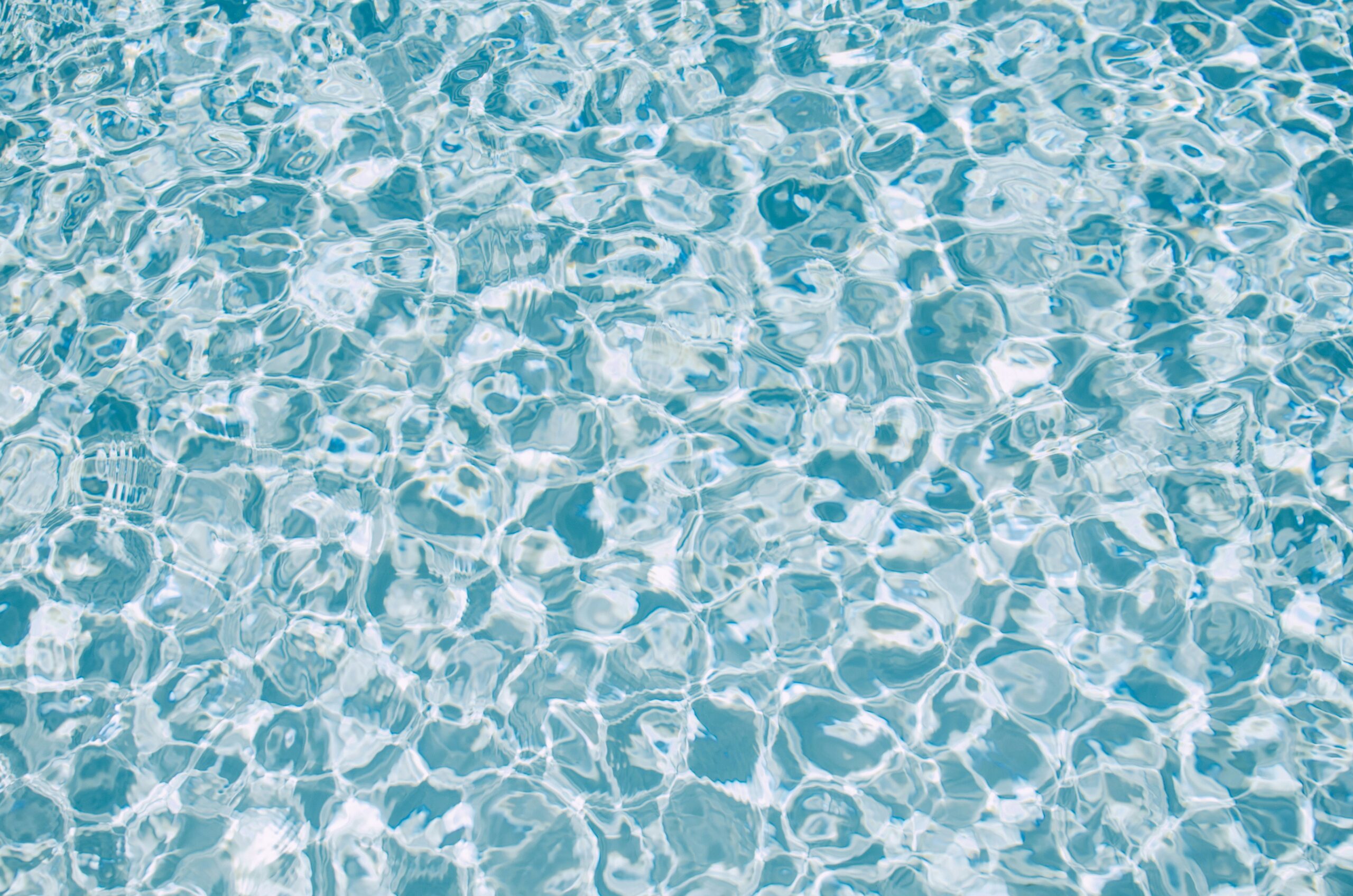How can you prevent contamination in your water well? This is a crucial question for anyone relying on a private well for their drinking water. Ensuring that your water is safe and clean isn’t just essential for your health but also preserves the well’s longevity. Various factors can lead to contamination, but with the right precautions, you can significantly reduce risks.

Understanding Water-Well Contamination
Before you can prevent contamination, it’s essential to know what causes it. Contamination can come from various sources such as runoff, septic systems, or chemical spills. Each source can introduce harmful bacteria, chemicals, or pollutants into your water supply.
Common Sources of Contamination
The origins of contamination are diverse, and they can vary by location and environment. Let’s look at some common sources.
Agricultural Runoff
Fertilizers, pesticides, and animal waste from nearby farms can easily seep into your groundwater, especially after heavy rain.
Septic Systems
If not properly maintained, septic systems can leak, introducing harmful bacteria and viruses into your well.
Industrial Spills
Chemical spills or improper disposal of industrial waste can introduce a variety of pollutants into the water table.
Natural Contaminants
Natural elements like arsenic, radon, and manganese can also pose contamination risks.
Signs Your Well Might Be Contaminated
Spotting potential contamination early can save you from significant health risks. Here are some signs to look out for:
- Unusual odors or tastes
- Cloudy or discolored water
- Frequent illnesses after consuming the water
- Stains on your plumbing fixtures
Strategies for Preventing Water-Well Contamination
Now that we understand the sources and signs of contamination, let’s discuss strategies to keep your water well clean.
Regular Testing
One of the simplest ways to ensure your well water remains uncontaminated is through regular testing.
Testing Frequency
- Annually: Test for bacteria, nitrates, and contaminants.
- Every 3 Years: Test for heavy metals and minerals.
What to Test For
- Bacteria: Like E. coli and coliform bacteria
- Chemicals: Including pesticides, nitrates, and volatile organic compounds (VOCs)
- Minerals and Metals: Such as lead, arsenic, and radon
Maintaining Your Well
Proper well maintenance can prevent many potential issues. It isn’t just about fixing problems but preventing them before they start.
Annual Inspections
Hire a licensed well contractor to inspect your well at least once a year. They will check for:
- Structural integrity
- Signs of wear or damage
- Correct sealing and capping
Surface Protection
Ensuring the area around your well is protected can go a long way in preventing contamination.
Grading the Land
Make sure the land slopes away from the well to prevent surface water from gathering and seeping down.
Avoiding Contaminants Nearby
Keep chemicals, fertilizers, and vehicles away from your well. A good rule of thumb is to have at least a 100-foot radius free of contaminants.
Managing Septic Systems
A well-maintained septic system can significantly reduce contamination risks.
Regular Pumping and Inspections
- Pumping Frequency: Every 3-5 years
- Inspection: Annually to ensure the system is functioning correctly
Location Considerations
Make sure that your septic system is installed downslope and at a significant distance from your well.
| Item | Frequency | Action |
|---|---|---|
| Septic Pumping | Every 3-5 years | Hire a professional |
| Septic Inspection | Annually | Look for leaks and damage |
Natural Barriers
Using natural barriers around your well can also help prevent contamination.
Vegetative Barriers
Plant grass or shrubs around your well to help filter potential contaminants.
Fencing
Fencing can help keep animals and unauthorized personnel away from your well.
Water Treatment Systems
Sometimes, preventative measures aren’t enough, and you’ll need to use water treatment systems.
Filtration Systems
Carbon filters can remove many organic contaminants but may not be effective against heavy metals or bacteria.
UV Treatment
Ultraviolet treatment systems can effectively kill bacteria and viruses in your water supply.
Immediate Actions in Case of Flooding
Flooding can introduce pollutants to your well, requiring immediate actions.
Post-Flood Testing
Test your well water immediately after flooding to check for contaminants.
Shock Chlorination
A disinfecting treatment like shock chlorination can temporarily clean your well after flooding.
Long-Term Planning for Well Safety
Prevention and immediate corrective measures are essential, but long-term planning cannot be overlooked.
Installing a Sanitary Well Cap
A sanitary well cap can keep insects, small animals, and debris out of your well.
Upgrading Well Components
If your well is older, replacing outdated components can prevent future problems.
Older Wells
Older wells might not be constructed to modern safety standards. Consider upgrading the casing or seal.
Information Tracking
Keep a detailed log of all maintenance, water testing results, and any repairs. This can help identify patterns and potential issues before they become severe.
Educate Your Family
Ensuring every member of your household understands the importance of well safety is critical.
Knowledge Sharing
Discuss the sources and signs of contamination with your family. Make them aware of what to do in case of emergencies.
Emergency Contacts
Keep a list of emergency contacts, including well contractors, health departments, and local water testing labs.
| Contact | Purpose |
|---|---|
| Well Contractor | Maintenance and Repair |
| Health Department | Health emergencies |
| Testing Labs | Water testing |

Legal Considerations
Understand local laws and regulations to ensure your well meets safety standards.
Local Guidelines
Different areas have specific guidelines for well construction and maintenance. Be sure to follow these.
Reporting Issues
Certain contaminations require you to notify local authorities. Know these and comply accordingly.
Understanding the Well Drilling Process
Before going into any preventive measures, let’s touch on the importance of the well drilling process itself. A properly designed and constructed well can go a long way toward preventing contamination.
Selecting a Certified Well Driller
Always choose a certified and experienced well driller. They will follow the standards and guidelines necessary to construct a safe and durable well.
Well Location
The location should ideally be upslope from potential contamination sources like septic systems and animal pens.
Well Depth
The depth of the well also matters. Deeper wells generally have a lower risk of contamination compared to shallow wells.

Protective Measures Post-Construction
Even after proper construction, some measures need to be continuously followed to ensure ongoing safety.
Regular Sealing
Check for cracks in the well casing and ensure they are sealed promptly.
Monitoring Water Levels
Keeping track of water levels can help in identifying potential intrusion of contaminants early.
Protecting the Wellhead
The wellhead should always be capped securely. Ensure that there is no water pooling around it, which can lead to seepage.
The Role of Local Environment in Contamination
Your local environment plays a crucial role in the types of contaminations that could affect your well.
Soil Type and Composition
Understanding the soil structure can help in assessing the potential risks for contamination.
Climate Factors
Rainfall patterns and natural disasters like floods and droughts can significantly impact well water safety.
Proximity to Industrial Areas
If you are near an industrial area, the risk for chemical contamination is higher. Special precautions should be taken in such cases.

Financial Considerations for Well Maintenance
Budgeting for the cost of tests, maintenance, and potential upgrades is important.
Cost of Regular Testing
Annual water testing typically costs between $30 to $150, depending on the complexity and number of contaminants tested.
Maintenance Costs
Routine maintenance can range from $200 to $300 annually. Factor these costs into your budget for better planning.
| Item | Frequency | Estimated Cost |
|---|---|---|
| Water Testing | Annually | $30 – $150 |
| Maintenance | Annually | $200 – $300 |
| Septic Pumping | 3-5 Years | $150 – $350 |
Ensuring Safe Water from Point of Use
After taking measures to secure the well, it’s essential to consider the point of use.
Water Storage
Ensure that water is stored in clean, sealed containers to prevent contaminants from getting in.
Household Plumbing
Regularly check your household plumbing for any leaks or backup as these can introduce contaminants back into the water supply.
Consistent Monitoring
Regularly taste, smell, and visually inspect the water you consume. If anything seems off, seek professional testing immediately.

Conclusion
Preventing contamination in your water well requires a combination of proactive measures, regular maintenance, and immediate corrective actions when necessary. By understanding the sources of contamination, regularly testing your water, maintaining your well infrastructure, managing nearby septic systems, and educating your family, you can ensure that your well water remains safe and clean for years to come.
Taking these steps will not only protect your health but also extend the life of your well, making it a valuable resource for you and your family. Your well is an investment, both financially and health-wise, so it deserves the utmost care and attention.
